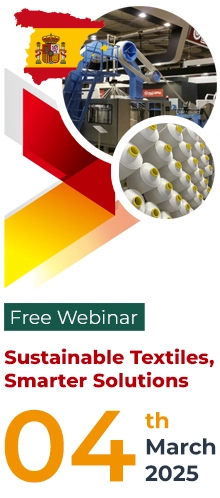China, the world’s largest textile producer and consumer, faces a mounting textile waste crisis as it discards 26 million tons of clothing annually, predominantly composed of unrecyclable synthetics. Despite the urgent global textile waste problem, with only 12 percent of textiles recycled worldwide according to the Ellen MacArthur Foundation, China’s recycling rate is a mere 20 percent, and almost all of that is cotton.
The Chinese clothing market is dominated by fast fashion—affordable garments made from petrochemical-derived synthetics, which contribute significantly to climate change and pollution. Synthetics constitute 70 percent of China’s domestic clothing sales.
Efforts to address the waste issue include a recycling factory in Zhejiang province, which repurposes discarded cotton clothes, and innovative designers in Shanghai, who transform old garments and waste items like plastic bottles and fishing nets into new clothing. However, these initiatives are overshadowed by the massive output of fast-fashion brands producing cheap synthetic garments for a growing global consumer base.
Real change, experts argue, requires a zero-waste workflow or significant intervention from the Chinese government. Current domestic policies, however, hinder progress, as recycled cotton from used clothing is banned for new garments due to concerns over contaminated material from unregulated recycling operations.
Furthermore, Chinese cotton has its own issues, with significant portions linked to forced labor in Xinjiang province. Claudia Bennett of the Human Rights Foundation notes that one in five cotton garments globally is connected to Uyghur forced labor. A report from the fashion watchdog Remake highlights the lack of accountability among major brands, giving Shein a score of just 6 out of 150 points and Temu a score of zero.
At Wenzhou Tiancheng Textile Company, one of China’s largest cotton recycling plants, workers process mounds of discarded cotton clothing. Despite these efforts, the factory’s impact is minimal in a country driven by cheap, fast fashion. The recycled cotton yarn produced is primarily exported to Europe due to domestic policy restrictions and low consumer demand for used items.
The high cost of recycled garments, attributed to expensive production methods, poses another barrier. Sheng Lu, professor of fashion and apparel studies at the University of Delaware, doubts the scalability of sustainable fashion in China without strong government incentives similar to those that boosted China’s electric vehicle industry.
For now, fast fashion continues to thrive in China, making sustainable change an elusive goal.

























